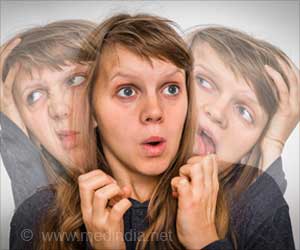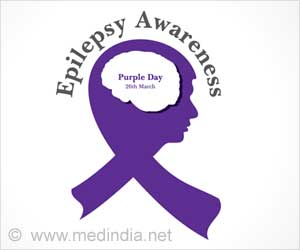Although there was great variation in the localisation of feelings across participants, for each individual feelings were recurrently concentrated in particular body areas. Areas of concentration often held repeated sources of feelings like pain, heat, or tension.
Dr Katie Melvin, of the Department of Neuroscience, Psychology and Behaviour at the University of Leicester and corresponding author for the study, said:
“During a systematic review of existing research, we found indicators of the contributions that multiple senses, emotions and feelings may make to hallucinations.
“We designed a study and developed the novel but simple multimodal unusual sensory experience (MUSE) map method to investigate these features further. MUSE maps involve documenting hallucinations in daily life and include body-mapping. The article shares new insights through body-maps and data on the immediate feeling of hallucinations.
“The range of feelings in the body and around the body (into peri-personal space) were particularly interesting. Participants often described that the method helped them share experiences that were difficult to put into words.
“The methods and outcomes of this study can contribute to advances on how we understand hallucinations and how we can support people who experience them. The next steps for this area of research will be further understanding the embodiment and feeling of hallucinations in different populations and developing interventions to support with this.”
Psychosis is a term which describes experiences where an individual may have difficulties in determining what is real and what is not real.
Research indicates psychosis is associated with experiencing trauma, adverse life events, and stress. People may be given a diagnosis such as schizophrenia. Experiences of perceiving or believing things which those around us do not can also occur in physical health conditions such as brain tumours or acute infections.
Participants in this study were asked by the research team to prospectively document the feeling and senses of hallucinations for one week prior to an interview.
Novel visual diary methods involving drawing, writing and body-mapping generated 42 MUSE maps, which set out the specific areas across the body – and beyond, in so-called peripersonal space – where participants experienced sensations during hallucinations.
The study found that hallucinations were characterised by numerous feelings arising at once, often including multisensory, emotional, and embodied features. Researchers suggest further uptake of visual, ecological and prospective methods may enhance understandings of lived experiences of hallucinations.
Leicester’s Department of Neuroscience, Psychology and Behaviour brings together expertise in the fields of Neuroscience, Psychology, Clinical Psychology and Ophthalmology. Researchers work in partnership with University Hospitals of Leicester NHS Trust, and with Leicestershire Partnership Trust.
‘The feeling, embodiment and emotion of hallucinations in first episode psychosis: A prospective phenomenological visual-ecological study using novel multimodal unusual sensory experience (MUSE) maps’ is available in EClinicalMedicine, published by The Lancet.
Source: Eurekalert



